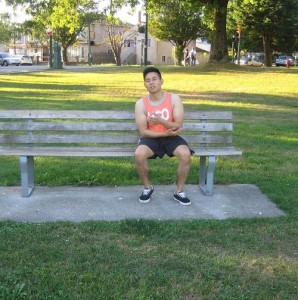Golfer’s elbow is typically due to repeated activities. Once the arm and forearm muscles are repeatedly used over time, it results to miniature tears in the tendons that results to elbow pain and weakness. If the wrist flexors are overused, it becomes inflamed and sore.
What are the signs?
If an individual is suspected with golfer’s elbow, there is pain on the interior of the elbow during or after intense activity.

The pain is intensified during flexion of the wrist and often radiates to the forearm. Since it frequently affects golfers, it is called as golfer’s elbow.
Other indications of the injury include:
- Specific achiness on the interior of the elbow, especially while holding objects
- Weakness or pain during resisted pronation of the wrist
- Weakness and pain of the wrist during flexion
Management of golfer’s elbow
The initial step if golfer’s elbow is likely is to stop activities responsible for the pain, allowing the arm to rest and the RICE method. Generally, this helps lessen the swelling and inflammation as well as provide brief relief to the pain. The treatment also promotes recovery to prevent it from becoming a chronic issue. In most cases, it settles in a few days to weeks.
In some cases, it might take a longer time to fully recover. Once the individual starts to use his/her arm and elbow, continue the RICE method to deal with the swelling and pain. The application of an ice pack for 10-15 minutes can lessen the swelling, pain and inflammation. In addition, wrapping the forearm close to the elbow can provide protection to the damaged muscles as they heal.
